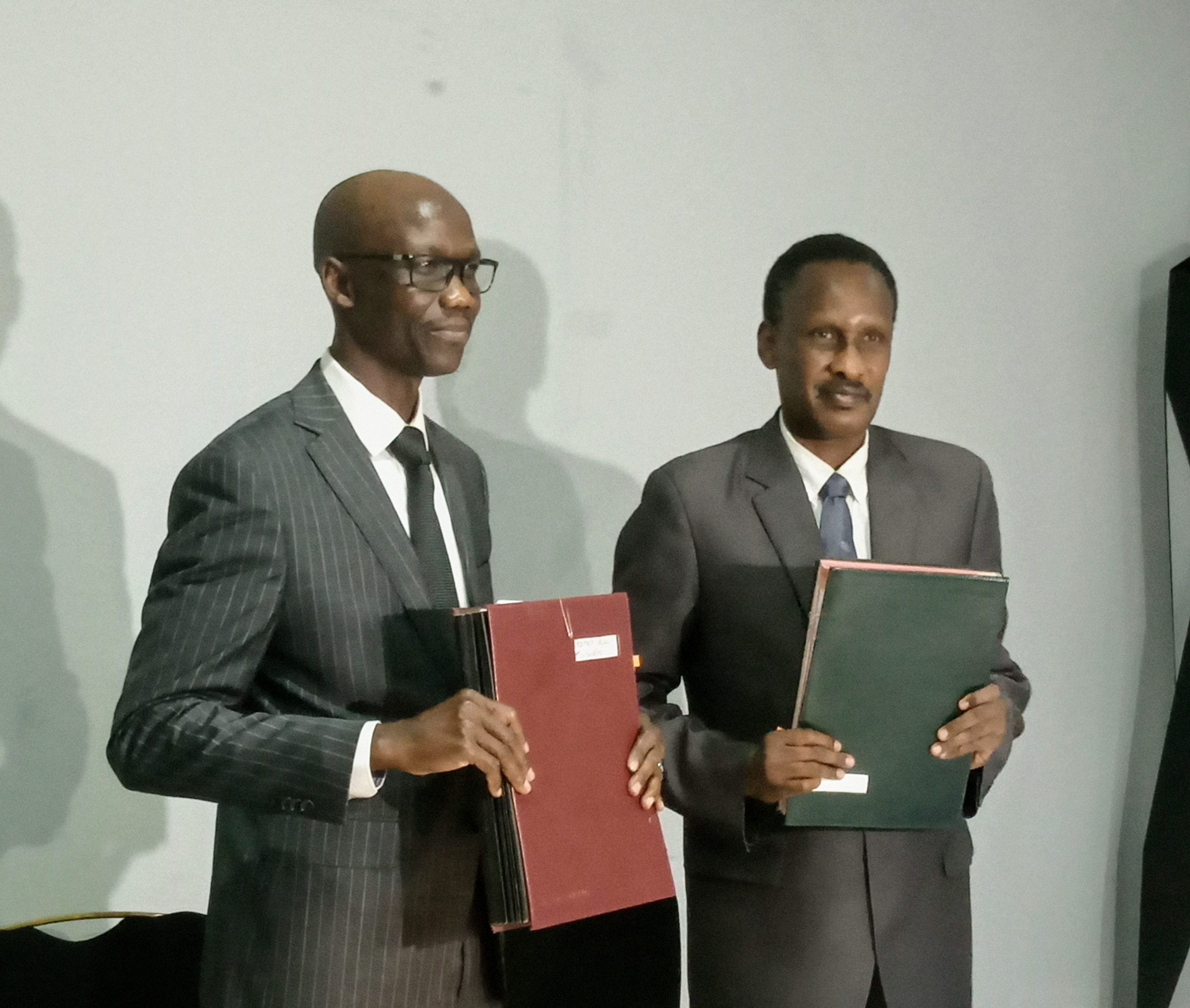A project to create a dry port between Adré and Abougoulème is under study, the representative of the Islamic Development Bank (IDB) in Chad, Ali Ousmane Khassim announced this week in N’Djamena.
“I would like to announce that we are studying the possibility of creating a dry port between Adré and Abougoulème by the private sector. The institutions affiliated to the IDB are nevertheless able to help, finance this dry port, to to strengthen the bond of cooperation between Chad and Sudan, via the Red Sea,” Ali Ousmane Khassim said.
The project is coupled with the asphalting of the Abéché-Adré-Frontière Soudan section which will “ensure internal and external opening up.”
News greeted with satisfaction by the Minister of Economy and Development Planning, Dr. Issa Doubragne: “The idea of building the future dry port envisaged for the continuity of this project, if one day this project succeeds, we would be pleased to see that the opening up of the interior and the exterior will allow Chad to hope to reach the port from Sudan.”
The dry port is an inland terminal serving as a point of departure, transit or arrival for the flow of goods generated by international trade. It is particularly advantageous for landlocked countries.

Thanks to this infrastructure, all goods from Jeddah (Saudi Arabia) and Abu Dhabi (United Arab Emirates) will go through the dry port, according to Ali Ousmane Khassim.
“This is a project that we are studying. At the appropriate time, we will try to achieve this dry port,” the Islamic Development Bank representative. He added that the Bank “is merging with the government to support development efforts in the transport sector.”
The creation of dry goods ports in landlocked countries is highly recommended during regional and international meetings.
“It is a break in load bridge which is a sort of relay at the maritime point, equipped with bonded facilities, intended to facilitate the treatment of goods both for import and export, whatever their mode. conditioning, “according to a document from the World Road Association.
He specifies that the creation of the dry port allows “to have an efficient emergency supply circuit; to quickly build up and mobilize a security stock (strategic products such as hydrocarbons, food products, industrial inputs, other products); to contribute to the fight against tax evasion through the management methods of warehouses or bonded stores; the payment of the costs of storage and passage through the warehouse to the national economic operators. ‘”





